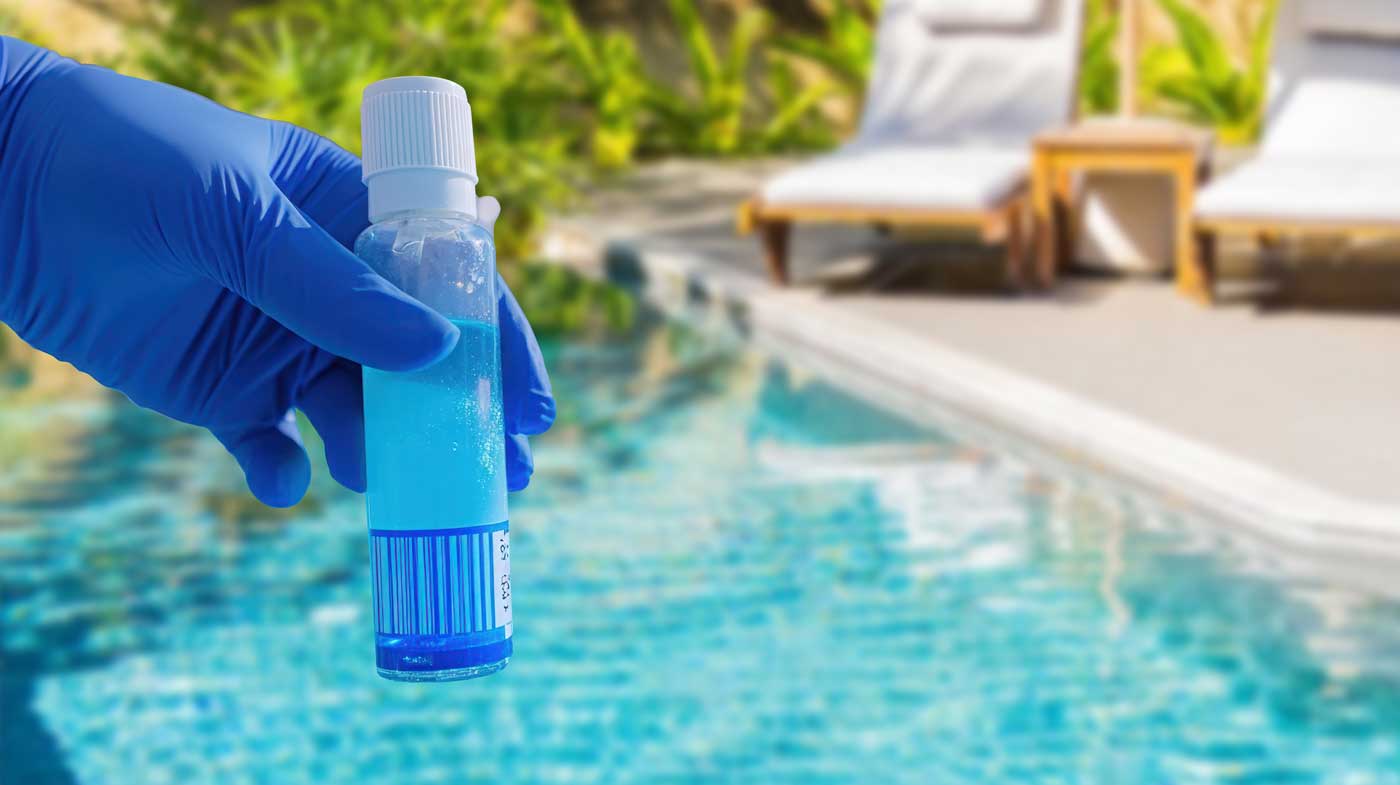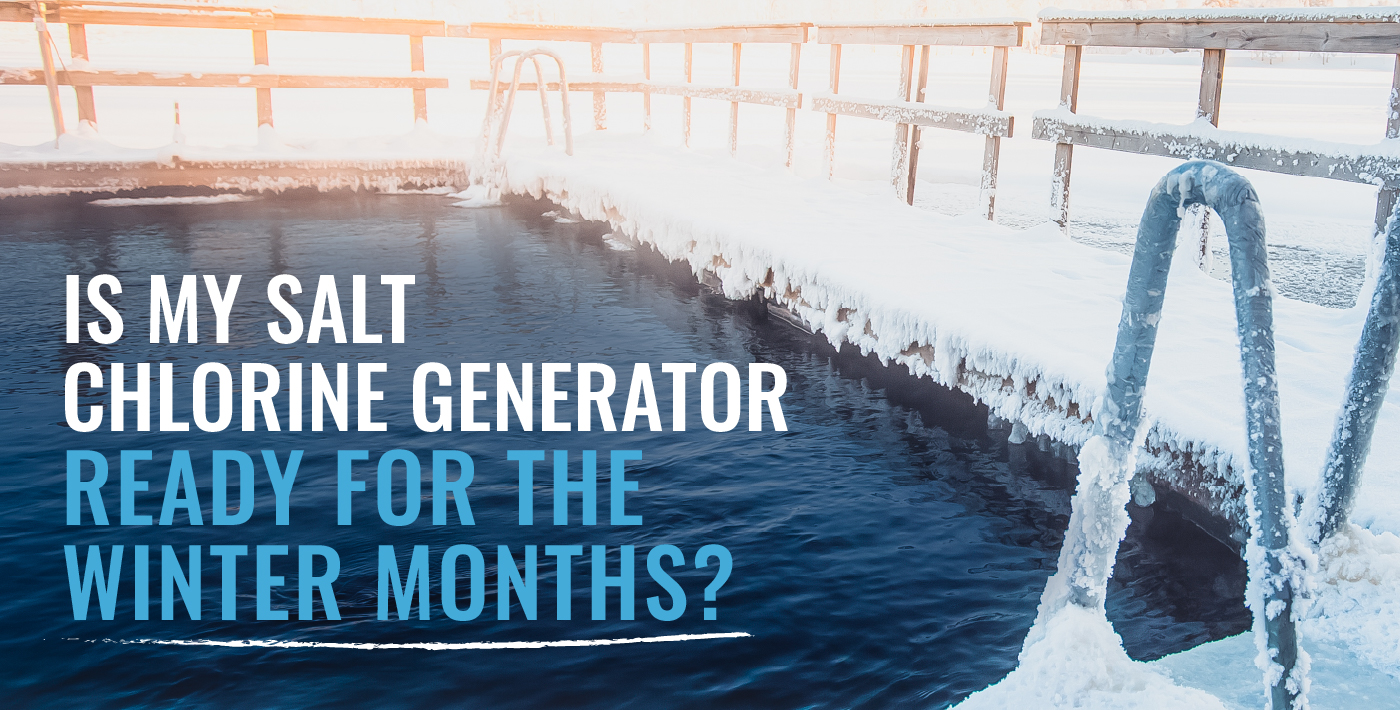Also, warranties can be voided if improper water chemistry is determined to be the reason…
This is yet another question that our sales people and dealers often hear when they are on the road, or when a new pool is being constructed. In this article we hope to help you answer this question and help you maintain your swimming pool.
- For a newly constructed pool or freshly plastered finish, it is recommended to allow the pool surface to cure for 30 days prior to adding salt (Sodium Chloride = NaCl).
- Salt that is 99.8% or greater purity NaCI (food quality salt) is added so that a recommended level of 3000 parts per million (ppm) is achieved. Once the recommended level has been established, salt level maintenance is minimal. Salt is then added due to loss of salt because of backwashing the filter, bathing suit drag out, water splash out, leaks, or rainwater overflow. The AutoPilot’s patented Tri-sensor is designed to let you know when and how much salt to add when it is low on salt.
- If you have another brand of Salt Chlorine Generator, which does not have a digital screen and a Tri-sensor to tell you when and how much salt to add to the water, you would need to get salt water test strips. Utilizing the test strip, you can measure the Sodium Chloride level in your water. Another option is to take a sample of the water to a nearby pool store, who can test it for you.
- Salt can be purchased at any pool supply store, and usually comes in 40lb bags.
- When adding salt to the pool, make sure to turn off the salt chlorine generator, but leave the pool pump on to circulate and distribute the salt evenly throughout the pool.
- When pouring the salt into the pool, add it around the deep end to have it circulate through the main drain. Brush the salt towards the main drain. The salt should be dissolved within 24 hours.
- After the salt has dissolved, the salt chlorine generator can be started. Let the unit run for a few hours then check the digital display to see what the ppm are (you want to be at 3000ppm). If you are testing with a test strip, repeat the same steps as before the salt was added.
- A word of caution, keep your salt level above 2500 ppm as operating with lower salt levels will reduce the efficiency of the unit and reduce cell life. At the same time, you do not want the levels to be too high. 6000 ppm or higher can cause corrosion to metals in contact with the water.
Conclusion
Having a salt chlorine generator is an efficient, convenient, and economical way to maintain the chlorine level in your swimming pool, be it a new construction or an existing swimming pool. Our AutoPilot units have digital displays that will tell you when and how much salt to put into your swimming pool, taking the guess out of it. With other units that do not have the digital display and Tri-sensor, you have the choice of using the test strips or taking a sample of your water to the nearest pool store. If you would like to learn more about how much chlorine your swimming pool needs, please click here, or if you want to learn more about measuring the salt level in your pool you can click here.
Please feel free to leave any questions or comments you may have below, we would love to hear from you!



This Post Has 0 Comments